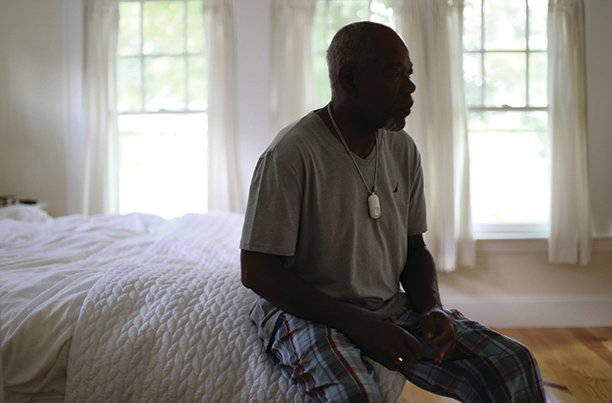The Public Health Threat No One Talks About: Loneliness

(NAPSI)—There is a public health threat looming across the United States that’s not visible to most but affects nearly half of all Americans daily: loneliness. Social isolation is as bad for your health as smoking 15 cigarettes a day and is twice as harmful as obesity. Worst of all, loneliness is a contributing factor in senior suicides, which are rising in the U.S. While it is not something people like to think about, now more than ever, Americans must remove the stigma around mental health and spread awareness to better combat loneliness.
Many of the 12 million Americans over age 65 who live alone are entering the time of year where that lack of companionship and isolation is most palpable: winter. Whether physical or travel challenges keep seniors from attending family gatherings or the harsh weather deters them from venturing out for a social event, seniors can suffer from prolonged loneliness that can quickly manifest into more serious issues.
Loneliness does not have to be synonymous with getting older or with aging in place. Here are tips on how to help keep loneliness—and its negative health effects—at bay:
• Intervene early: Spotting loneliness in yourself or someone you love can be difficult. The most common physical and behavioral signs of loneliness include persistent sadness, impaired cognitive performance, lower self-esteem, or lack of motivation and energy. Early intervention can positively affect one’s quality of life, so it’s important to address these symptoms as soon as possible before they become overwhelming.
• Leverage technology: Technology can play a key role in reducing loneliness, ensuring seniors are always connected to loved ones and care teams who can monitor and interact with them. For example, Philips Cares is a mobile application that helps connect seniors who are subscribers to Philips Lifeline service with their family and friends, helping to enable these caregivers to be there for their aging loved ones, easing and enriching their aging journey.
• Make a connection: Connecting with people, purpose and passions will help eliminate feelings of isolation. Consider organizing a reoccurring social gathering, such as a book club or a group fitness class. Explore local activities organized by a senior community center or find a National Council of Aging program through www.ncoa.org/ncoa-map.
Learn More
For further facts about the latest technology to help seniors stay connected with their care circle, visit https://philips.to/2MGDqLm or call (855) 223-7395.

“Too much time alone can be bad for your health, but modern technology can help keep you connected. For example, Philips Cares can connect seniors who subscribe to Philips Lifeline service with family and friends. http://bit.ly/37J29as”
